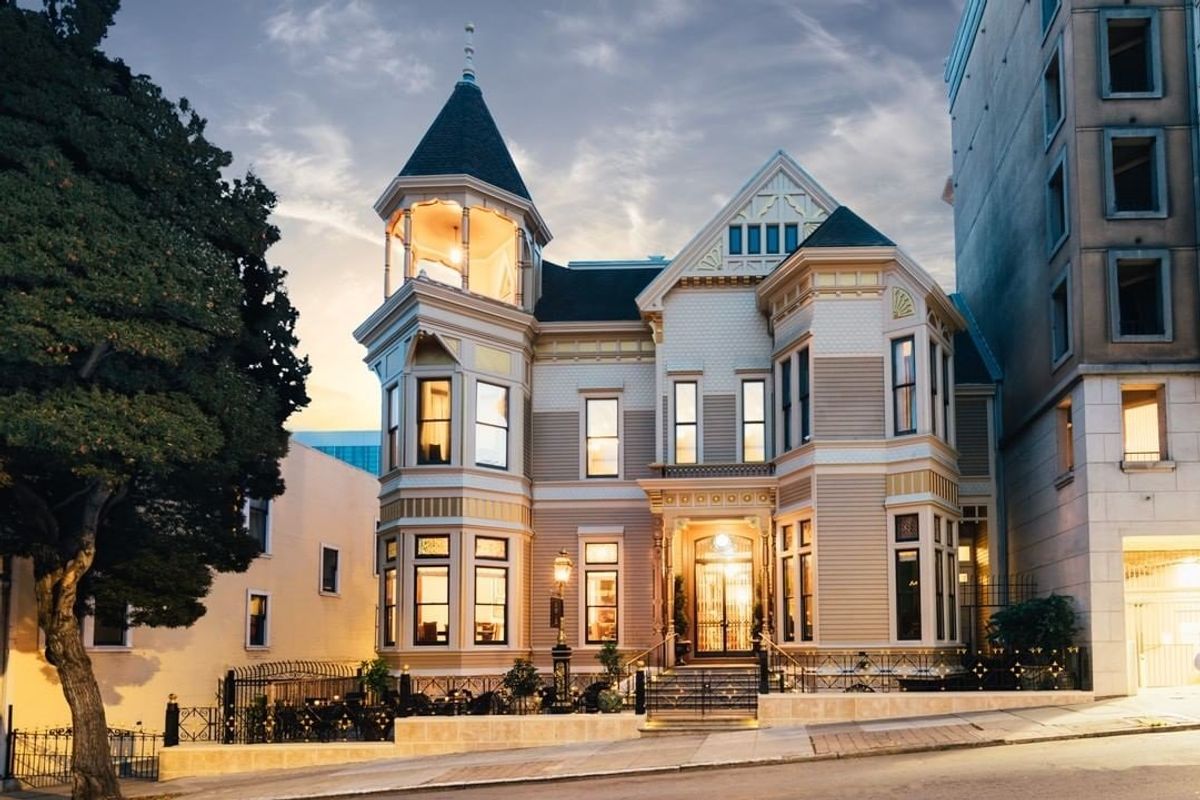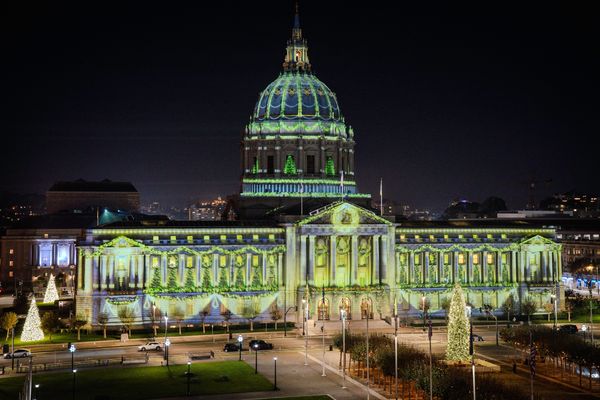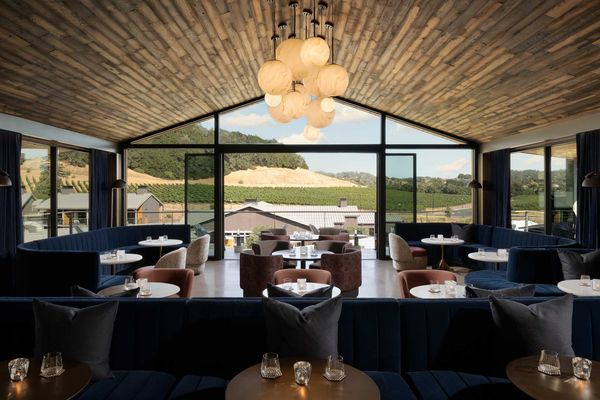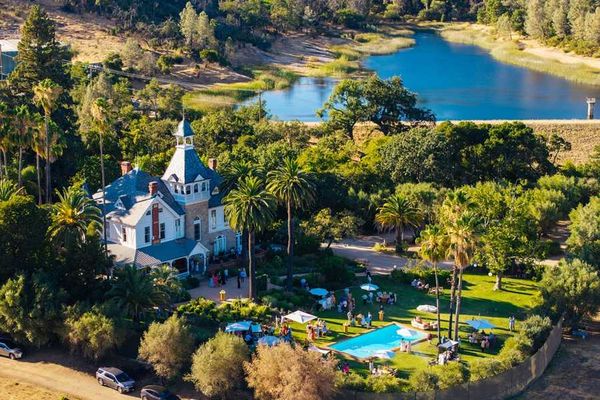Even people who know nothing at all about San Francisco know the singular beauty of the city’s Victorian architecture.
But while the Painted Ladies of Alamo Square and the Full House house are lovely, they’re pretty small fries when it comes to the city’s most glorious historic mansions, all of which are survivors of unprecedented earthquakes, the 1906 fire that destroyed most of the city, and the boom-and-bust cycle of gentrification.
All of our historic Victorians are beautiful in their own ways but these nine mansions, manors, and homes are among the most droolworthy in San Francisco.
Haas-Lilienthal House
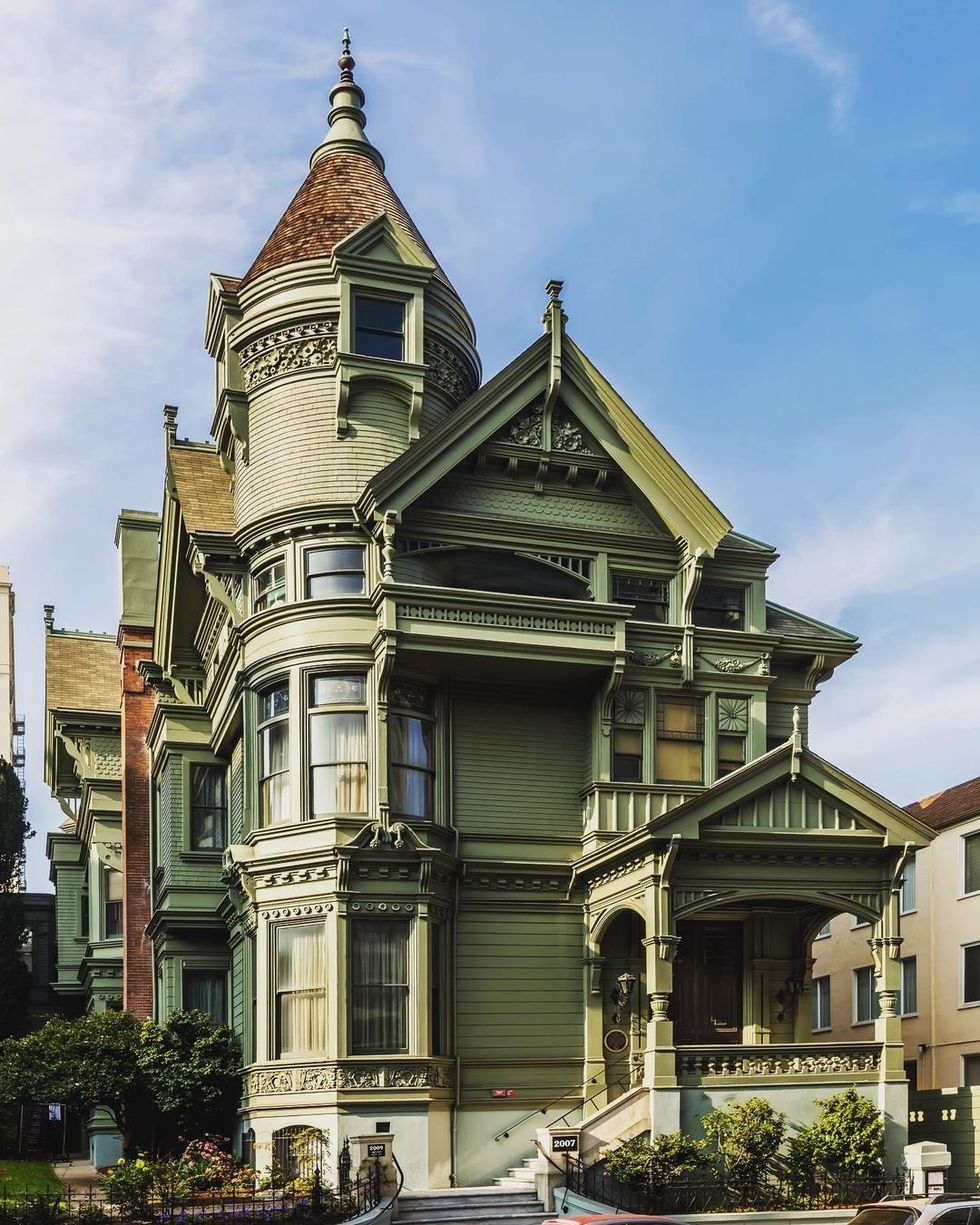
(Courtesy of @haaslilienthalhouse)
This 11,500-square-foot Franklin Street stunner was built in 1886 for William and Bertha Haas, the patriarchs of a successful Jewish merchant family. Three generations of Haases and Lilienthals lived at the Pac Heights home, which was constructed in the Queen Anne–Eastlake style from redwood timber. In 1972, the house was donated to the San Francisco Heritage organization. Today its first and second floors, including two bedrooms and a nursery, are open for tours; it's the only original Victorian in SF that has been conserved and opened to the public as a museum. // 2007 Franklin St. (Pac Heights), haas-lilienthalhouse.org
Alfred E. Clarke Mansion
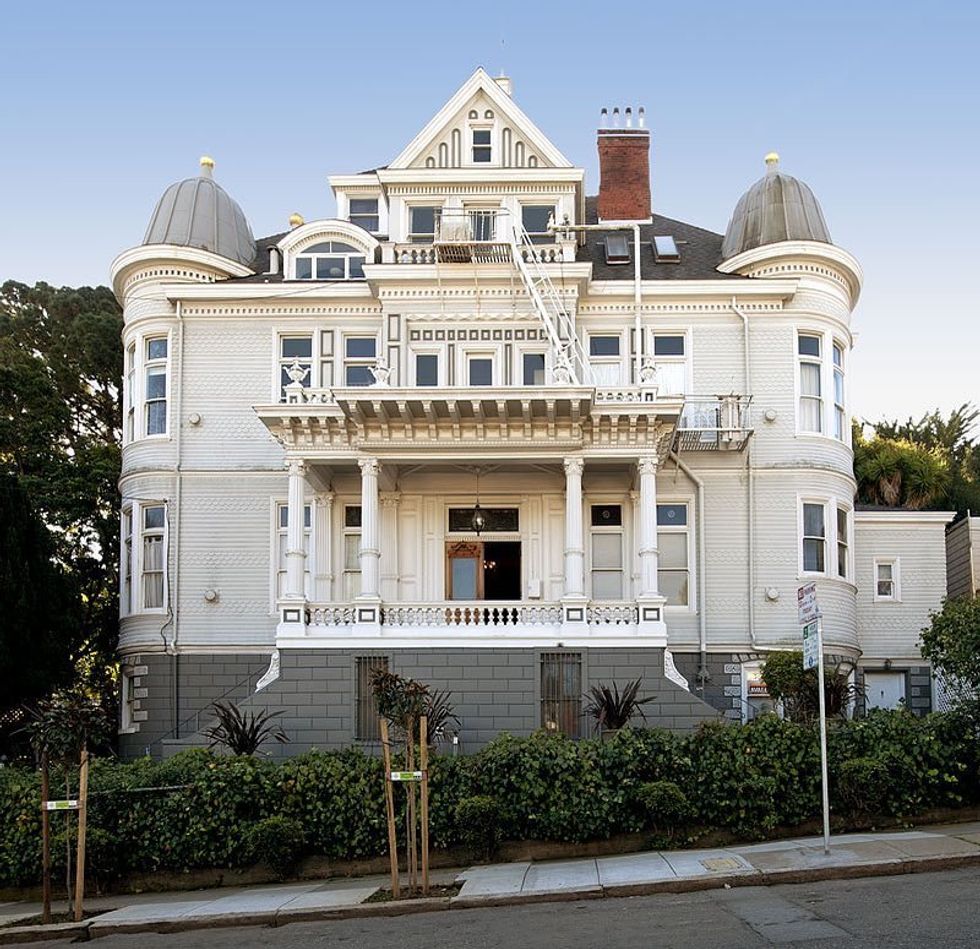
(Courtesy of @sfheritage)
When it was built by a former clerk to the police chief, this beauty, which cost a head-spinning $100,000 in 1892, was known as “Clarke’s Folly.” Originally on 17 acres, the four-story Alfred E. Clarke Mansion is an eclectic mix of Baroque and Queen Anne styles. Despite the investment, the family didn’t live in the house long. In 1904 it was converted into an elegant hospital before later being transformed into the apartment building it is today. // 250 Douglass St. (Castro)
William Westerfeld House
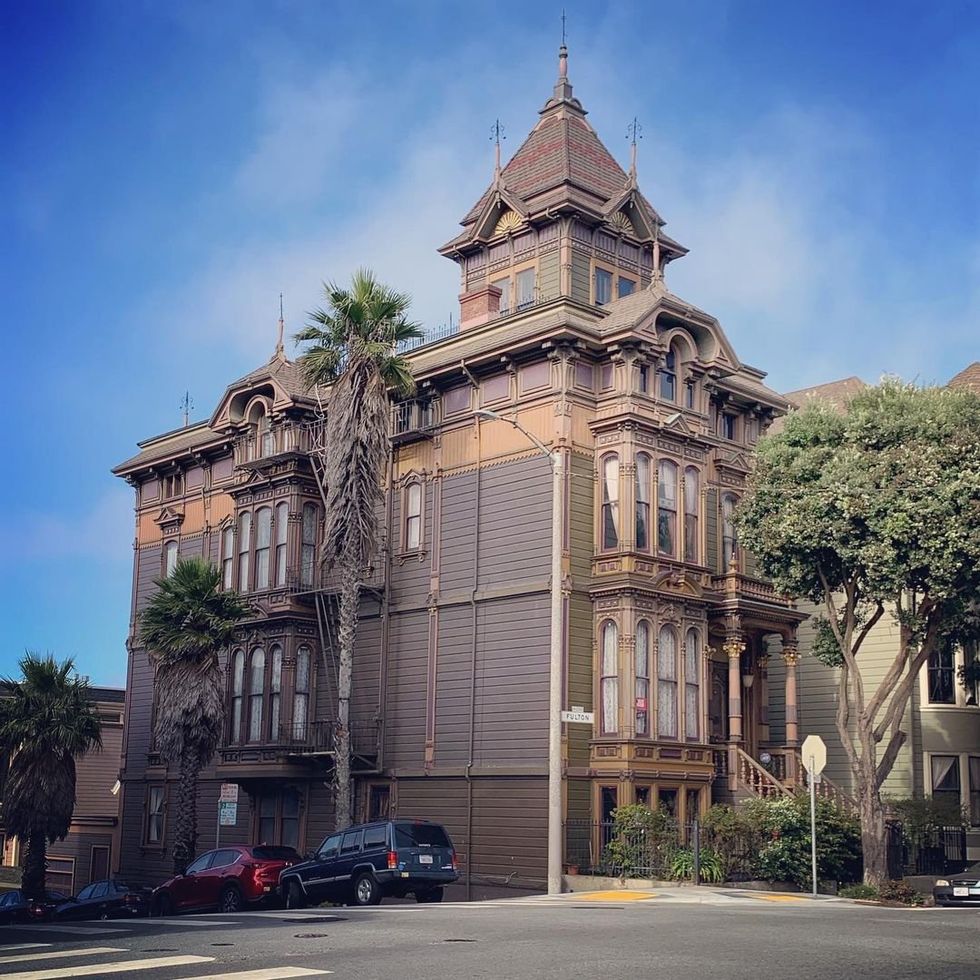
(Courtesy of @naive2_)
Built in 1889 for confectioner William Westerfeld (SF’s 19th century Willy Wonka), this house has had as many identity changes as San Francisco itself. In the 1920s, a group of Czarist Russians bought the place and turned the ground floor into a nightclub; in the 1940s, it was an apartment building for African-American jazz musicians who played in the neighborhood’s clubs; and in the 1960s it was a counter-culture icon, appearing in the acid-laced books and movies of the era. If the current owner has his say, the storied Stick Italian Villa–style home will be a museum in its next chapter. // 1198 Fulton St. (NoPa)
Sarah Mish House
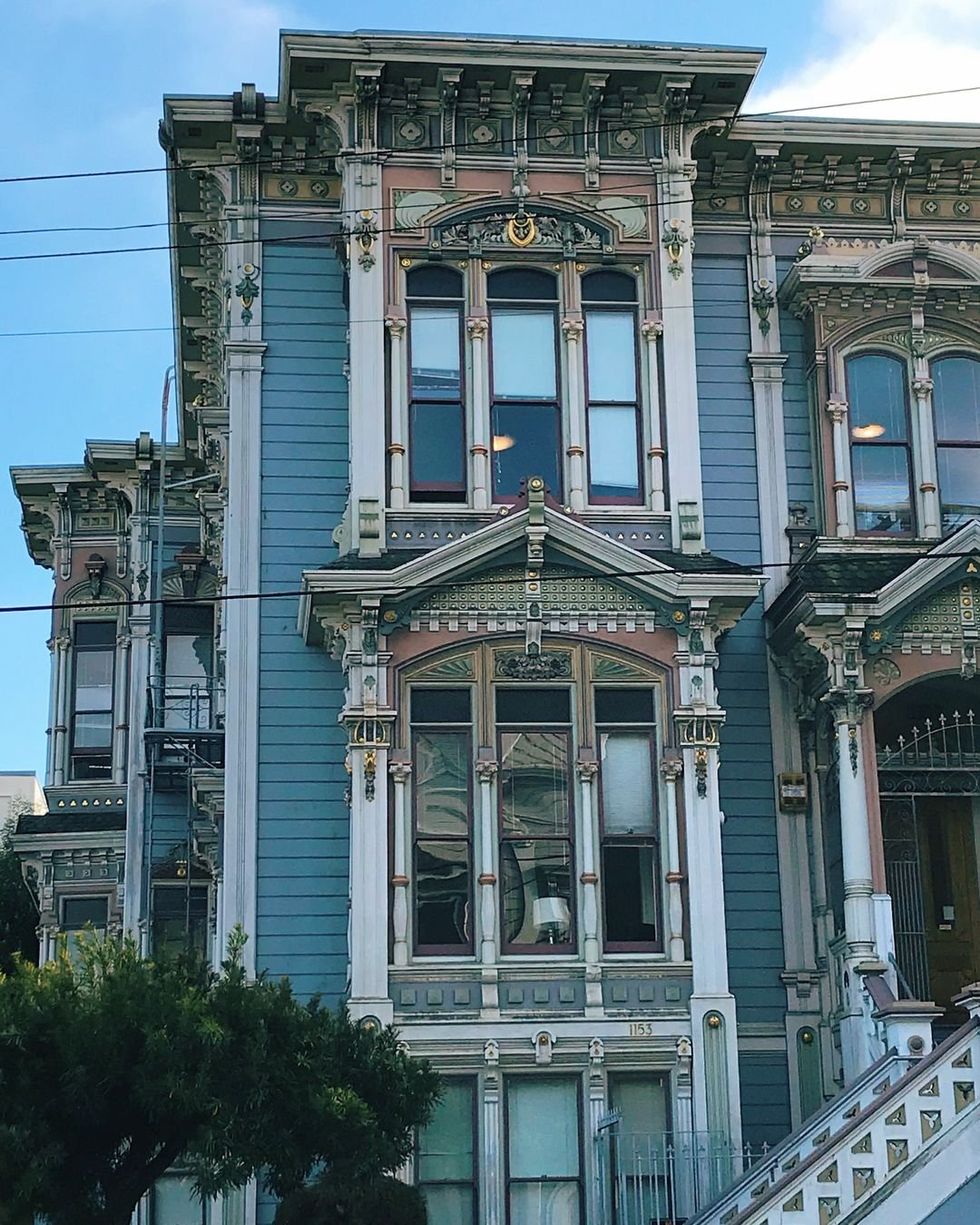
(Courtesy of @listwithsamantha)
This lovely house named for dress- and hat-maker Sarah Mish was likely built on Divisadero Street in 1885—but it didn’t stay there. It’s believed to have been moved in 1898 when the city was turning Divis into a commercial corridor. Today, the ornamented Stick-Eastlake style single-family home is just around the corner on Oak; its original grand entry stairs and mansard roof, though, were lost somewhere along the way. // 1153 Oak St. (NoPa)
Nightingale House
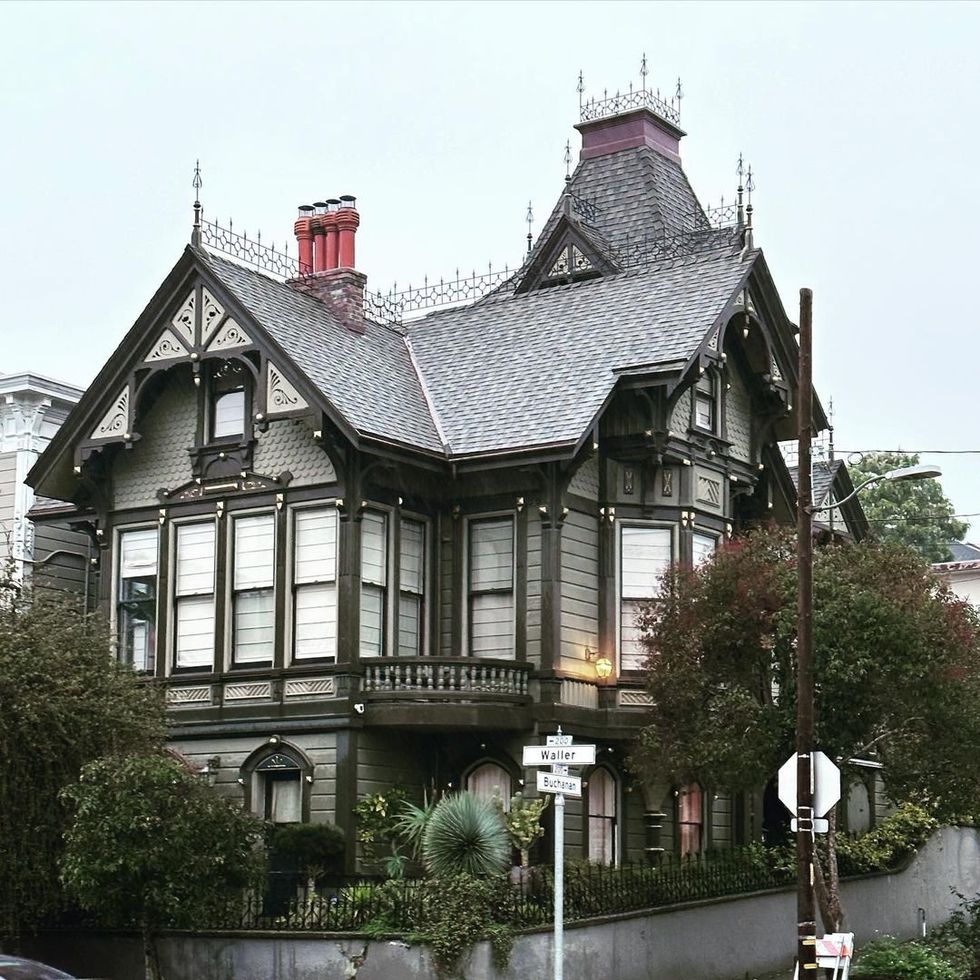
(Courtesy of @skizz)
Built in 1882 for John Nightingale Sr., a real estate dealer who came to SF in the Gold Rush era, this enchanting Victorian on Buchanan Street has a dark Gothic style with ironwork touches, a squared turret, and delicate floral details. The house, which was designed by architect John Marquis, is one of a few dozen homes throughout the city that have been designated as historical landmarks. // 201 Buchanan St. (Lower Haight)
Casebolt House
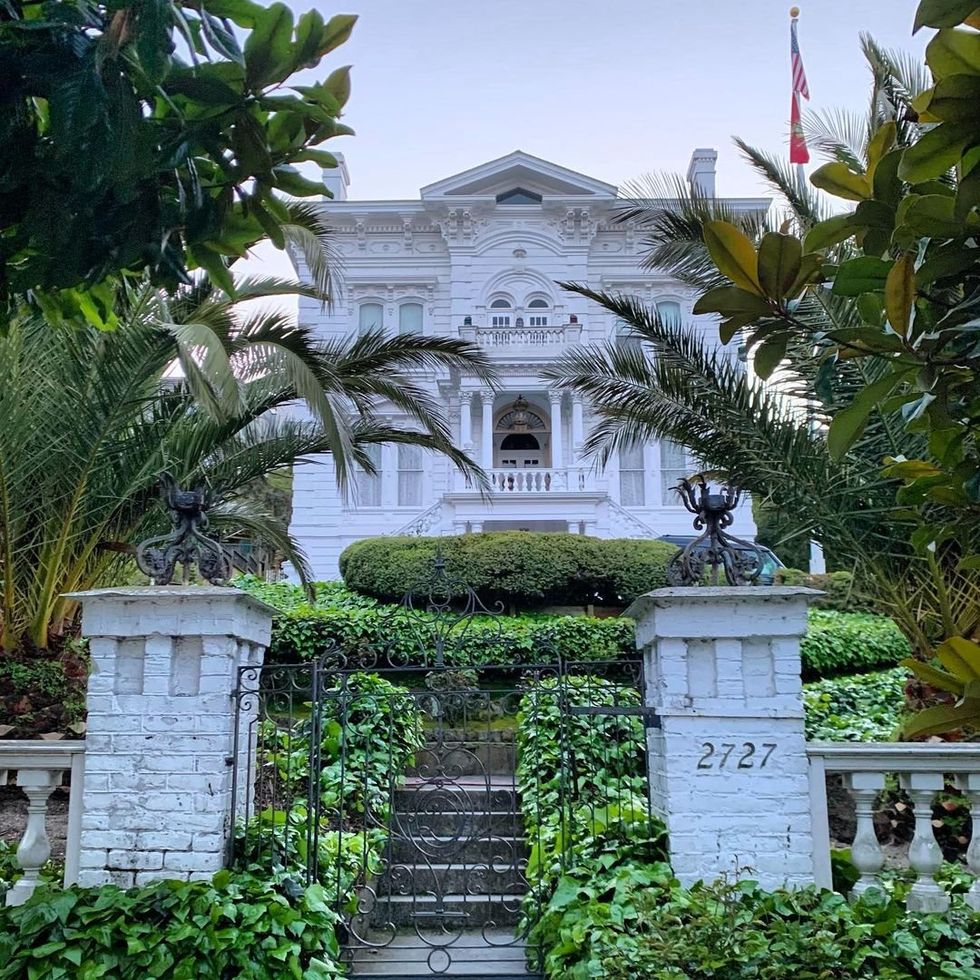
(Courtesy of @sfsiscan)
Pierce Street was just a country road when Virginia-born blacksmith Henry Casebolt built his Italianate manor house in 1865 for his wife and 11 children. Perched on a Pacific Heights hill, the stately white manse is surrounded by lush gardens and has a second floor balcony from which its current owners can survey the neighborhood. // 2727 Pierce St. (Pac Heights)
Charles L. Hinkel House
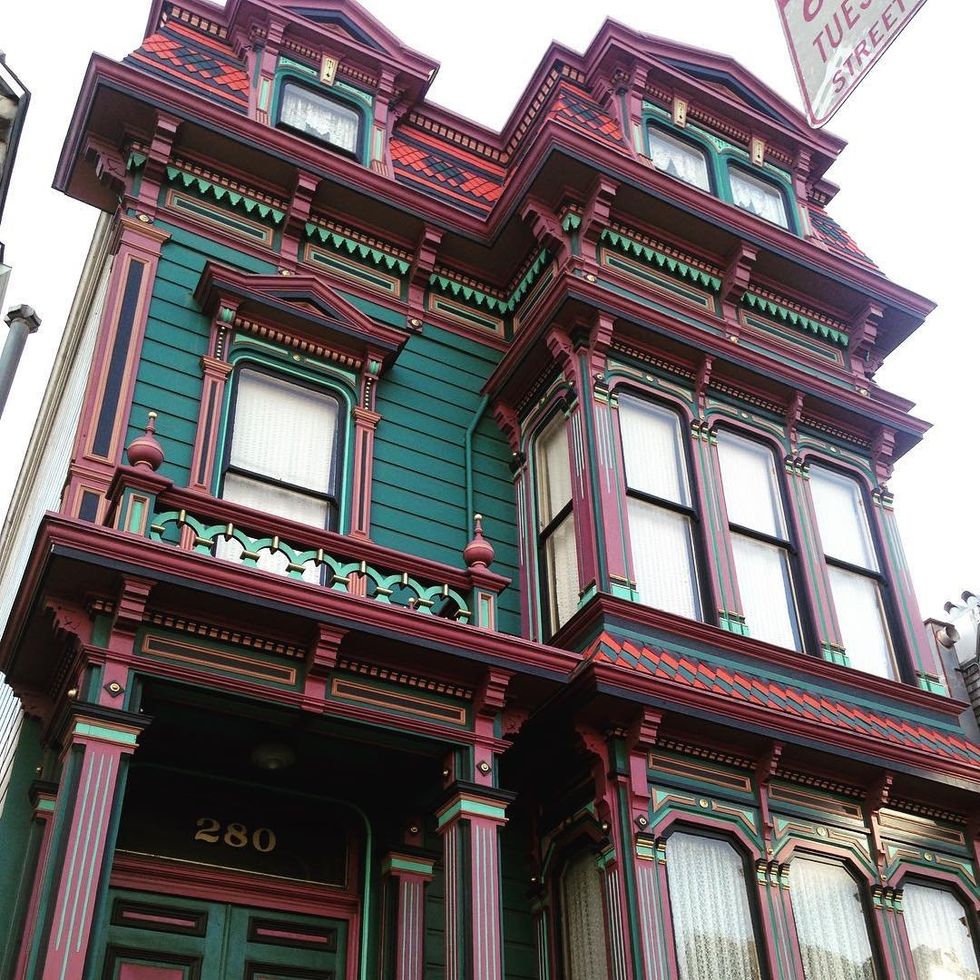
(Courtesy of @mandoo_75)
The colorful exterior of the Charles L. Hinkel House accentuates its Second French Empire architecture. The Hinkel family and its four generations of residential builders were known for the Italianate houses they erected from Pacific Heights to Eureka Valley, but Charles Lewis went a little off script for his personal residence, one of Divisadero’s first homes. Positioned on an oversized lot, the four-story home had room for a carriage house at the back, which was restored a little over a decade ago. // 280 Divisadero (Lower Haight)
John Spencer House
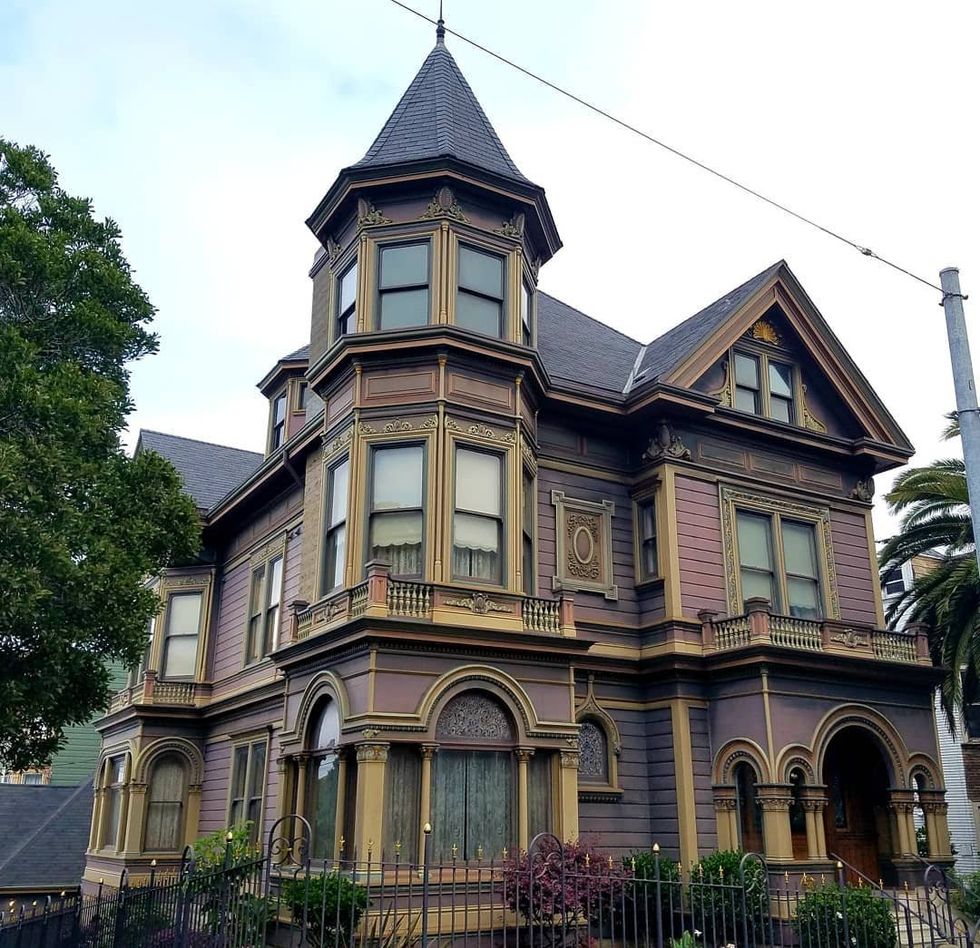
(Courtesy of @statelysf)
The massive mauve Queen Anne on Haight Street, the John Spencer House, has remained a single-family home throughout its nearly 130 year history—a fact, historians believe, which has kept it better preserved than many similar homes from the same era. From an architectural perspective, its most striking features are the huge number of wood carvings found both inside and outside, adornments that would have been far more expensive than the plaster ornaments that were typically used at the time. The carvings, and the house’s other fine details, were restored in 2001. // 1080 Haight St. (Haight-Ashbury)
Mansion on Sutter (Theodore F. Payne Residence)
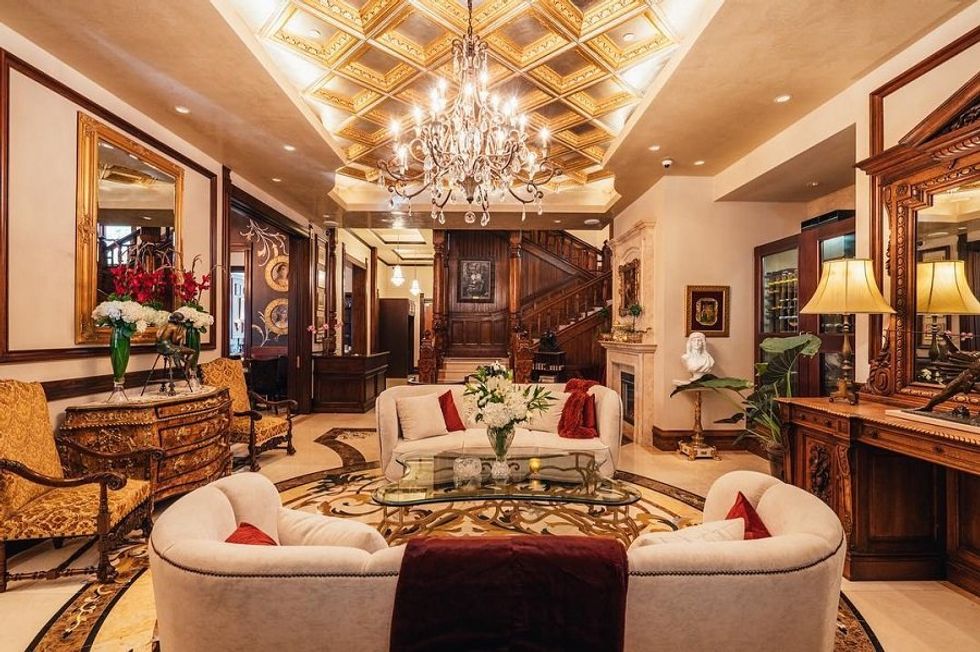
(Courtesy of @mansiononsutter)
Architect William F. Curlett put the newest technological advances in this 1881 Eastlake-, Stick-, and Queen Anne–style Pacific Heights manor: central heating, fully integrated toilet rooms, and tubs with hot and cold running water. Built with money from the Comstock Lode, the Theodore F. Payne Residence is one of only a few extremely affluent homes in the area to survive the 1906 earthquake. It is now the five-star boutique hotel Mansion on Sutter. // 1409 Sutter St. (Pac Heights), mansiononsutter.com



